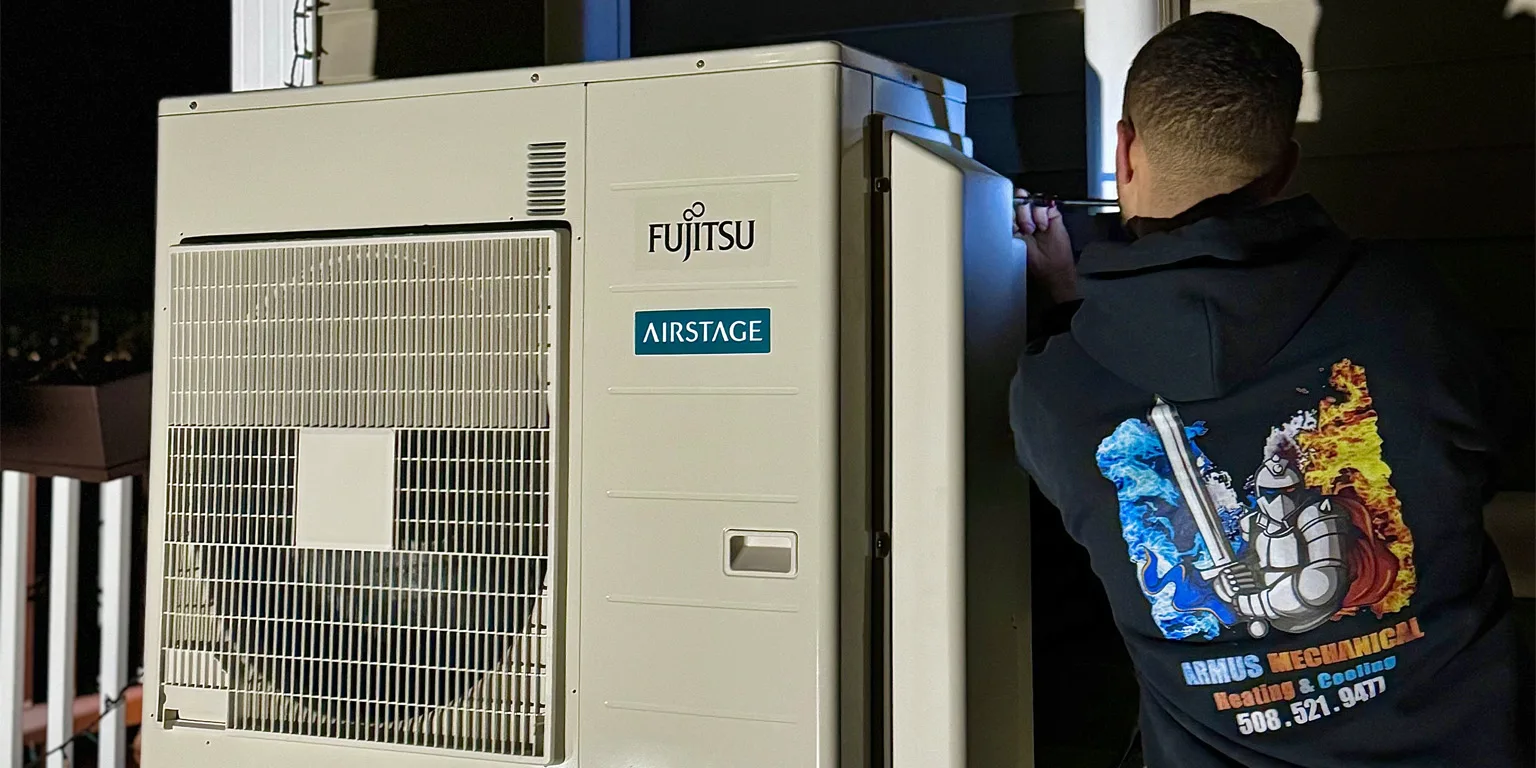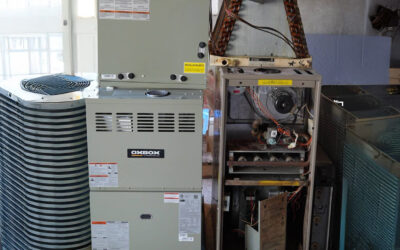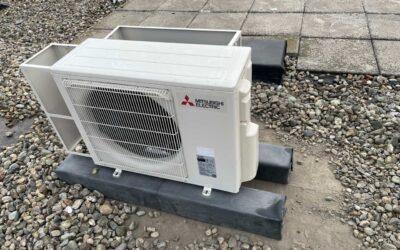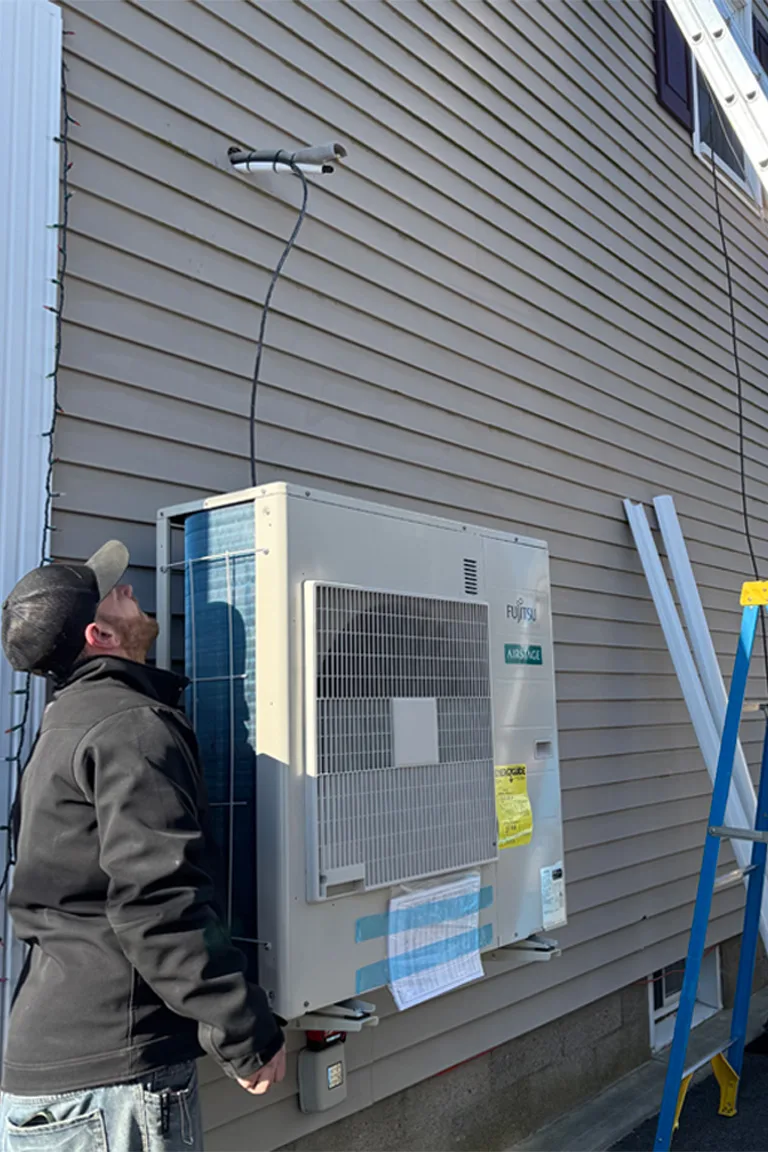
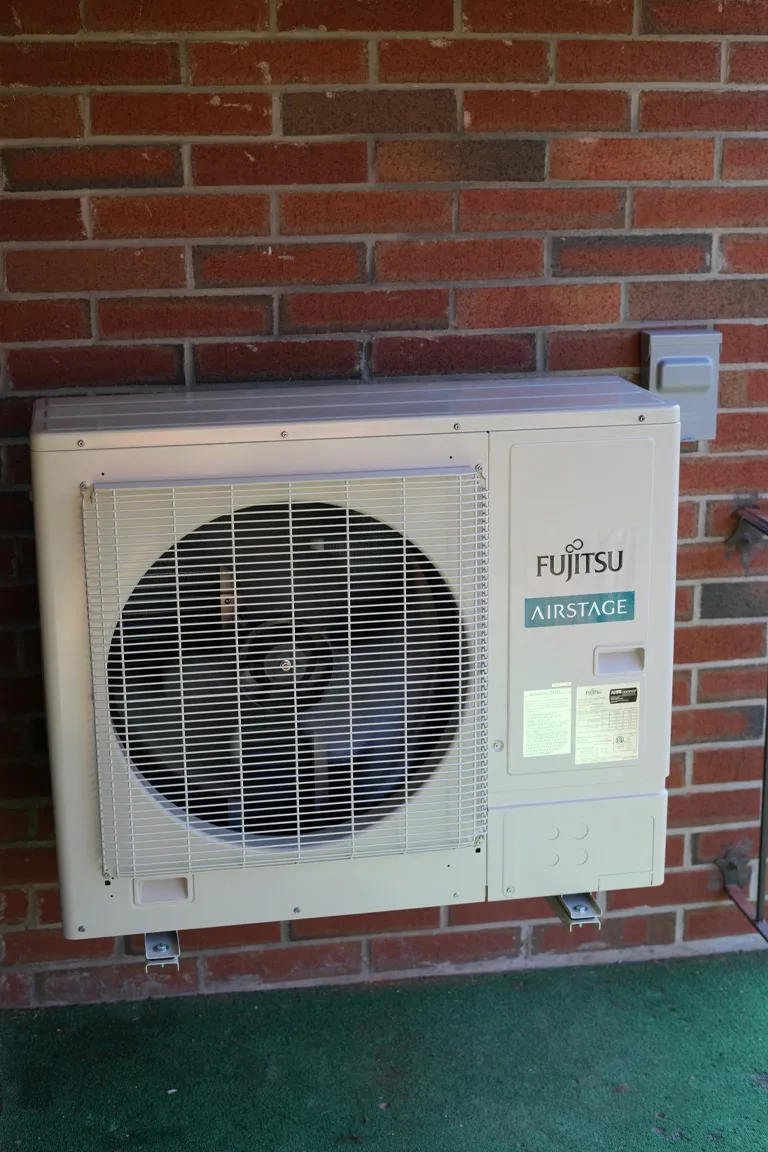

When considering heating and cooling solutions for your home, a mini split system, also known as a ductless mini split, offers a modern, efficient, and flexible option. This article explores the advantages and disadvantages of mini split systems, their energy efficiency, cost-effectiveness, and suitability for your specific needs.
What Is a Mini Split System?
A mini split system is a heating and cooling solution that operates without traditional ductwork. It consists of an outdoor compressor unit connected to one or more indoor air handling units via a conduit that houses the power cable, refrigerant tubing, suction tubing, and condensate drain. This design allows for the direct delivery of temperature-controlled air into specific areas of your home.
How Do Mini Splits Work?
Mini splits function similarly to traditional HVAC systems but on a more compact scale. They use refrigerant to transfer heat between the indoors and outdoors. In cooling mode, the system absorbs indoor heat and releases it outside; in heating mode, it extracts heat from the outdoor air and brings it inside. This dual functionality provides year-round comfort.
Unlike conventional systems that rely on extensive duct networks, mini splits offer targeted heating and cooling, allowing you to control the temperature of individual rooms or zones. This zoned approach enhances comfort and can lead to energy savings by conditioning only occupied spaces.
Are Mini Splits Cost-Effective?
Initial Costs vs. Long-Term Savings
While the upfront installation cost of a mini split system can be higher than that of a traditional HVAC system, especially if multiple indoor units are needed, this investment can be offset by long-term savings. Mini splits are known for their energy efficiency, often achieving higher SEER (Seasonal Energy Efficiency Ratio) ratings compared to traditional systems. For instance, some mini split systems offer efficiency ratings up to 42 SEER.
Additionally, the absence of ductwork eliminates costs associated with duct installation and maintenance, which can be significant in homes without existing duct infrastructure.
Are Mini Splits More Efficient?
Yes, mini splits are generally more efficient than traditional HVAC systems. One key reason is the elimination of energy losses associated with ductwork. Duct losses can account for more than 30% of energy consumption for space conditioning, especially if ducts are in unconditioned spaces like attics.
Moreover, many mini splits utilize inverter technology, allowing the compressor to adjust its speed based on demand. This results in more consistent temperatures and reduced energy consumption compared to systems that frequently cycle on and off.
Do Mini Splits Provide Heat?
Yes, mini splits function as heat pumps, providing both heating and cooling. They can efficiently extract heat from outdoor air, even in colder climates, to warm your home. Some models are designed to operate efficiently in temperatures as low as -5 degrees Fahrenheit, making them suitable for various weather conditions.
Advantages of Mini Split Systems
- Energy Efficiency: High SEER ratings and the elimination of duct losses contribute to lower energy consumption and reduced utility bills.
- Zoned Heating and Cooling: Individualized temperature control in different rooms enhances comfort and flexibility.
- Easy Installation: The lack of ductwork makes installation less invasive and more straightforward, ideal for homes without existing ducts.
- Quiet Operation: With the compressor located outside, indoor units operate quietly, maintaining a peaceful indoor environment.
- Compact Design: Sleek indoor units can be mounted on walls or ceilings, integrating seamlessly into various interior designs.
Disadvantages of Mini Split Systems
- Higher Initial Costs: Upfront installation expenses can be higher compared to traditional systems.
- Aesthetic Concerns: Visible indoor units may not appeal to everyone’s design preferences.
- Maintenance Requirements: Regular maintenance, such as cleaning filters and checking refrigerant levels, is essential to ensure optimal performance.
- Limited Coverage: In homes requiring uniform temperature control across large open spaces, mini splits may not be the most suitable option.
Conclusion: Should I Install a Mini Split System?
If you’re seeking an efficient, flexible, and quiet heating and cooling solution and are prepared for the initial investment, a mini split system could be an excellent choice for your home. Consulting with an HVAC professional can provide personalized recommendations based on your specific needs and help you make an informed decision.

